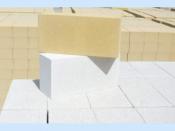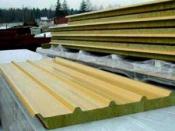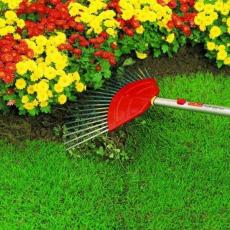Search
Login
Rake for a garden plot, types of rake, how to choose a rake, tips
Any owner of a summer house or a country house knows how important it is to have a solid, high-quality rake in the arsenal of garden equipment. This tool greatly facilitates the process of tillage and helps to keep the area clean.
What types of garden rakes are there, what are they for, and what should I look for when choosing a tool? Let's try to figure it out.
Content
- Rake the irreplaceable assistant of summer residents and gardeners
- The main types of garden rakes and their purpose
- Do it yourself rake video
- How to choose the right rake: tips and practical advice video
Rake the irreplaceable assistant of summer residents and gardeners
A worthy alternative to such an agricultural tool as a rake does not exist. The rake performs various functions, the main of which are: loosening the soil and cleaning the site of fallen leaves, dry grass, weeds.
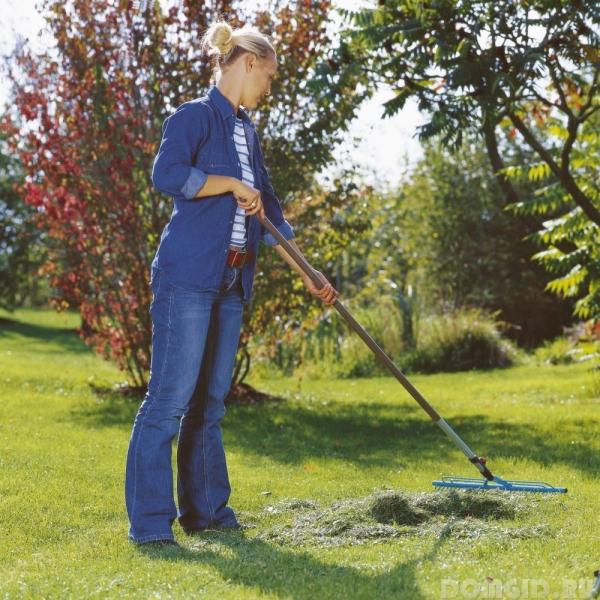
The rake design is very simple. A cross member with pointed teeth is planted on the handle. Depending on the purpose of the tools, the number of teeth, their length, thickness, material of manufacture and weight of the rake are different.
Various materials are used to create the working part of the rake. The painted iron rake is quite heavy. Many note that working with such a rake is inconvenient, and the teeth quickly bend and wear out. The advantage of such a tool is its low price.
A rake made of steel is considered the most high-quality and durable. However, such a rake is quite heavy.
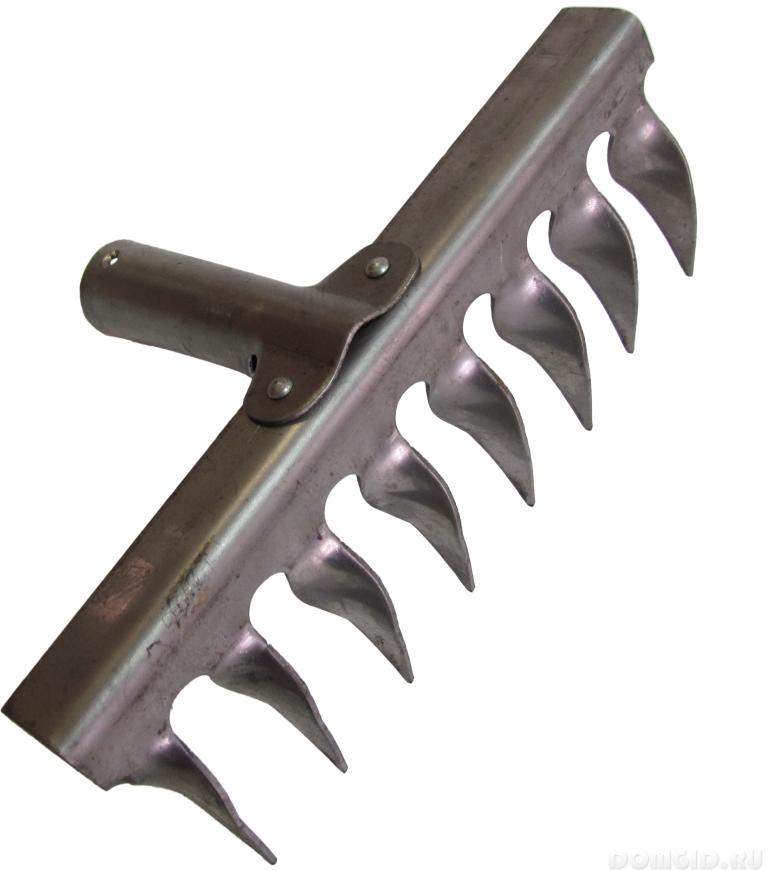
Today, many people prefer to buy lightweight tools, which will be very convenient to use. A rake has this parameter, in which the handle and the working part are made of hardened aluminum (the weight of the aluminum rake is about 800 grams).
Nozzles for rakes are also made of especially durable plastic or plastic, which allows to further reduce the weight of the equipment.
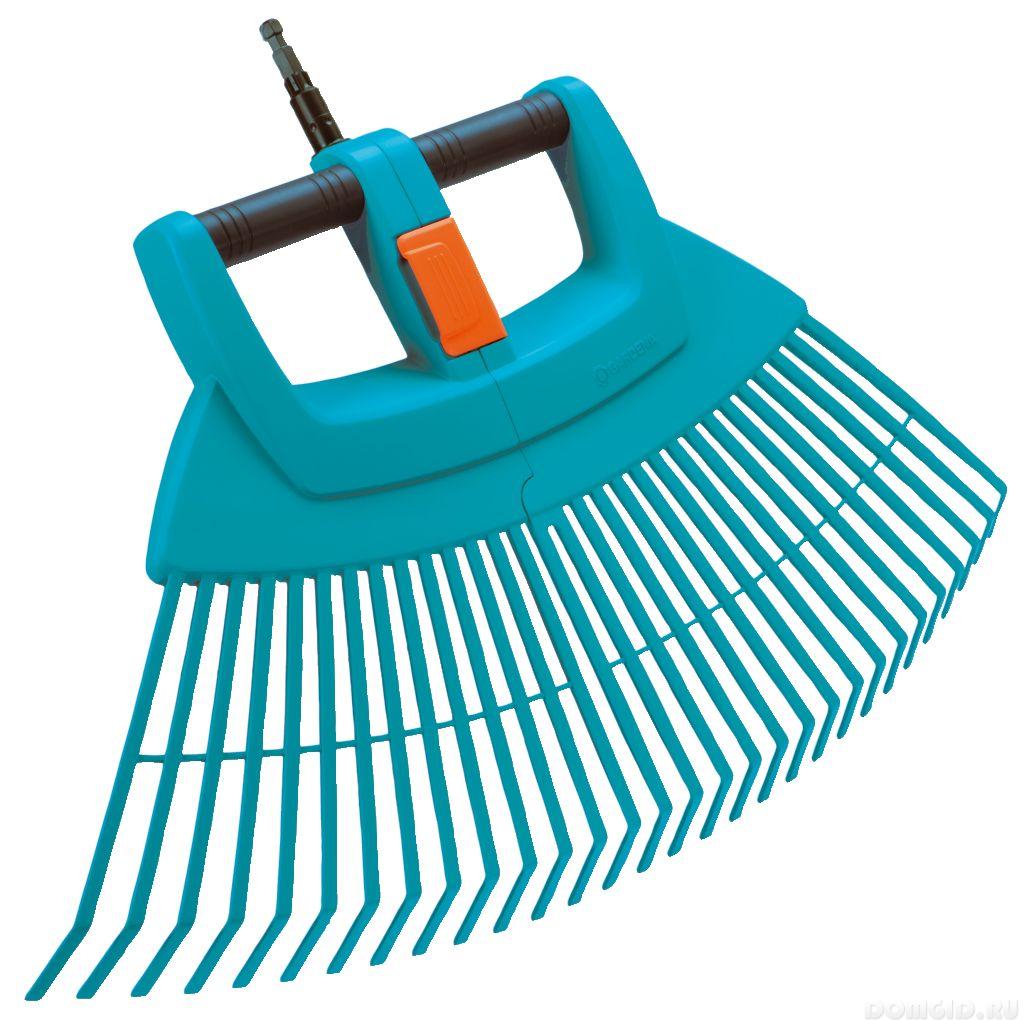
Plastic rakes weigh about 400 grams (depending on the type of cuttings). Plastic equipment is suitable for cleaning garbage on the site, combing out grass, but such a rake will not work for breaking up clods and leveling heavy soil.
The main types of garden rakes and their purpose
In order to achieve the greatest efficiency of the work performed, while making a minimum of effort, it is necessary to apply different types of rakes strictly according to their purpose.
traditional (direct) rake
Direct rakes are considered the most universal, since they are suitable for a number of works in the garden and in the garden, namely:
- raking fallen leaves, garbage;
- loosening of beds;
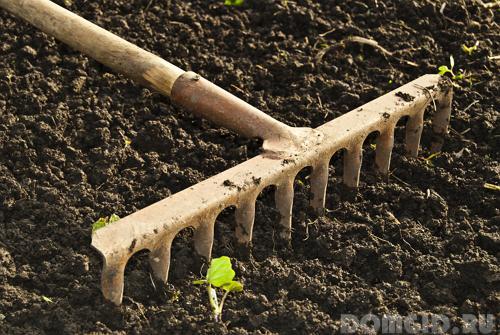
- tillage;
- breakdown of the lumps of land that remained after digging the site;
- extracting from the earth the remaining roots of plants.
The straight garden rake has teeth located perpendicular to the handle and slightly bent at the ends inward.
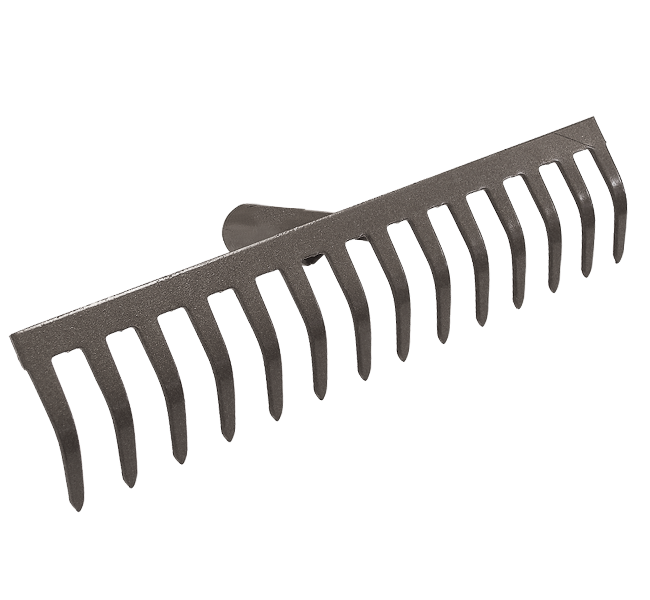
Such rakes are produced with different working widths:
- rake with a small grip (width 10-20 cm) are used to work in narrow, inaccessible corners of the site;
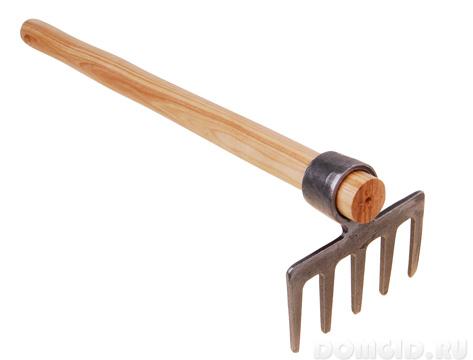
- average working width (30-50 cm) is the most popular; such a rake is suitable for a variety of summer cottages;
- a rake with a large working width (50-70 cm) is suitable for work on a large area; such a rake is rather bulky and not always convenient to use.
A variation of the traditional rake are tools with twisted teeth. In such models, the teeth are not just located at right angles, but are rotated around the base 180 degrees.
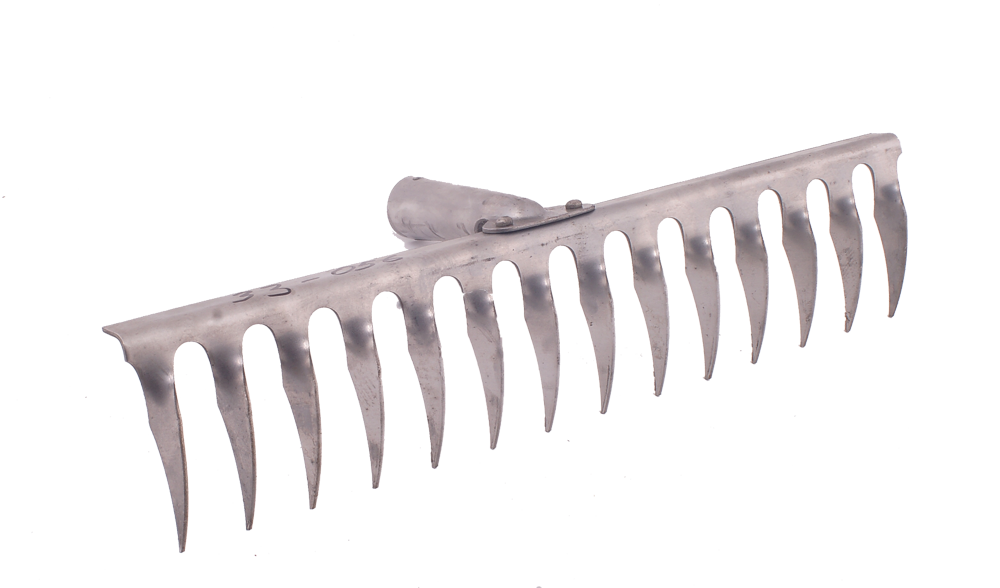
Rake with twisted teeth better cope with clods of dense earth, easily cut the soil, preparing it for the upcoming planting.
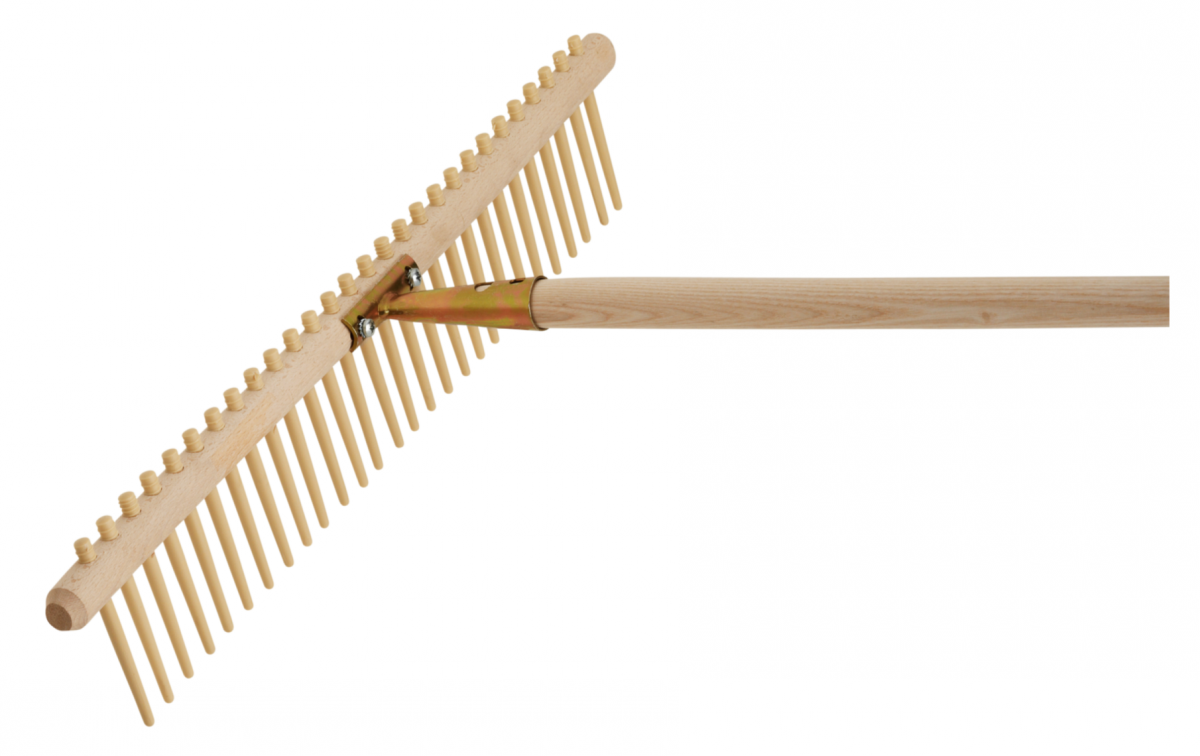
A wooden rake with short teeth and a wide base is used for harvesting hay and dry mowed grass. Their main advantage is lightness, since the working base is made of birch, and the handle is made of pine or aspen. To clean with such a rake will turn out much faster than usual, because the grass does not plant and does not get stuck between dull wooden cloves.
A straight-type rake handle is usually made of wood or aluminum.
fan rake
A garden fan rake in shape resembles a whisk in the form of an unfolded fan. The working base has long wire teeth bent at the ends.
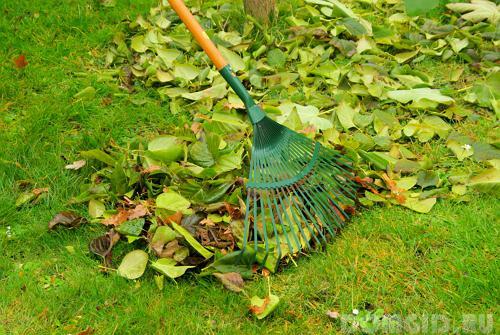
The fan rake is not suitable for tillage. They are mainly used in the following garden works:
- cleaning small debris (it is convenient to use a plastic rake, since their teeth are more elastic, this allows you to quickly clean an uneven surface);
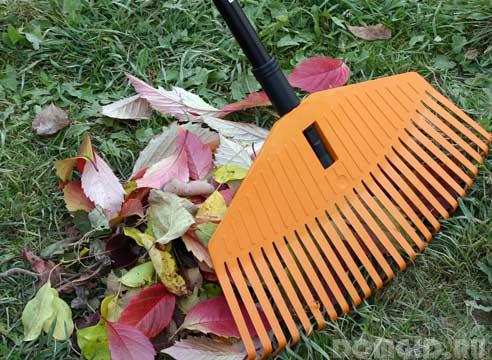
- raking leaves, including from under bushes;
- combing the lawn before mowing it;
- shallow aeration of the lawn;
- thinning the lawn (metal fan rake will cope with this work).
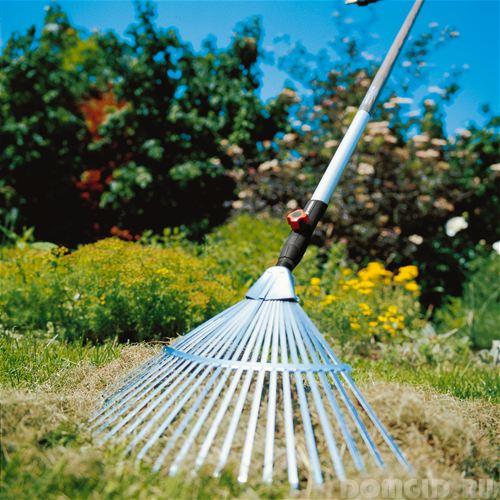
To clean the area, you need to use a rake with flat teeth that do not injure young shoots, grass cover. It is advisable that such an inventory was made of plastic or soft metal.
The flat surface of the site, as well as the corners and edges of the fences and beds, more effectively comb out the fan rake of a triangular design.
Many fan rakes have the ability to adjust the working width. This is very convenient and allows you to control the force of pressing and the size of the working surface as necessary.
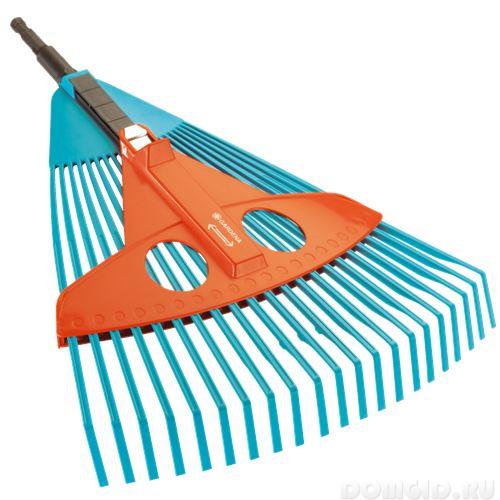
The standard width of the fan rake is 50 cm (adjustment allows you to narrow it to 30 cm), the height of the handle is 130 cm. There are longer handles (up to 180 cm) that can be attached to the work base are suitable for tall people. As an alternative, you can purchase a fan rake with a telescopic handle, the length of which can be changed independently.
transformer rake
Transformers rake became popular among gardeners. The kit includes a handle made of aluminum and various plastic nozzles. The rake is equipped with a quick-clamping mechanism, which makes it easy to change the purpose of the inventory by simply rearranging the nozzle.
Typically, the kit includes a universal rake, a rake for leaves of different sizes, a rake for roses. Transformer rakes are convenient in transportation and storage, and the wear-resistant, durable plastic does not rust over time.
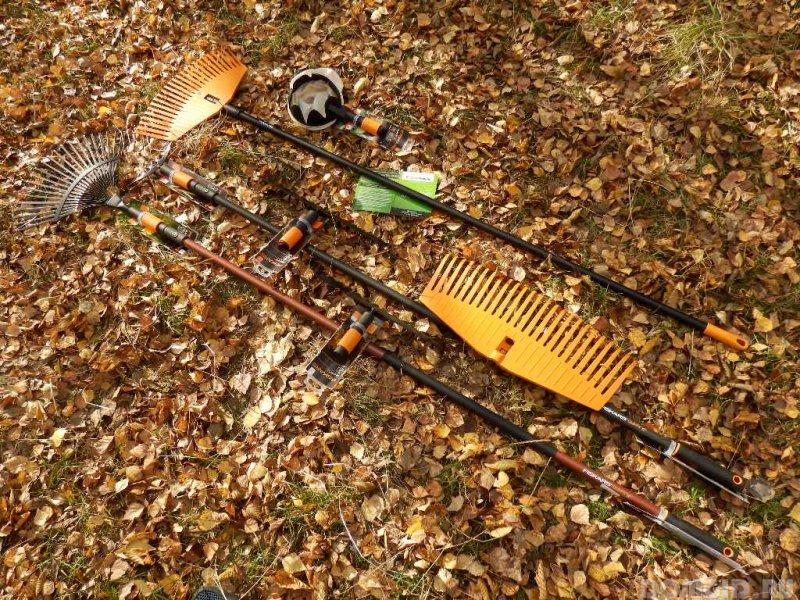
Combisystems may contain various elements. For example, in addition to a rake, the kit can include nozzles: a cultivator, a hoe or a shovel.
highly specialized rake
The highly specialized rake has a special design that allows you to effectively perform any one task.
Rake aerators in their structure are the same as the straight rake. The main difference is in the material of manufacture and the structure of the teeth.
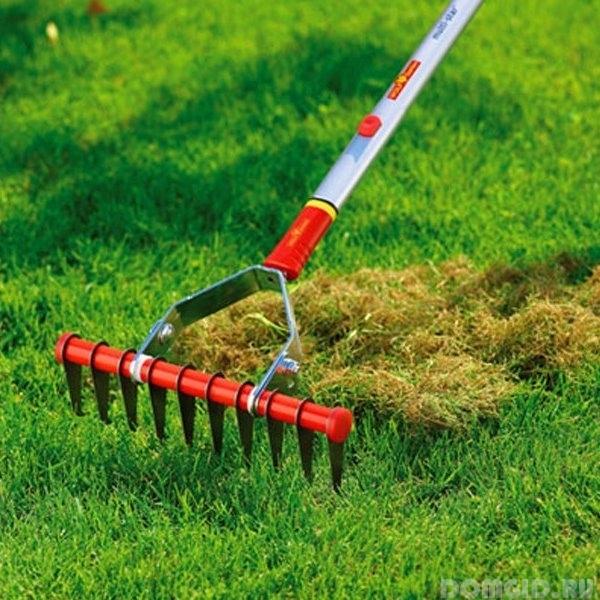
Stamped teeth are sickle-shaped and pointed at the bottom. They are made of hardened high-strength steel and are plated.
When processing with a rake-aerator leaves and moss are removed, horizontal incisions are formed on the soil surface (depth 1-3 cm), this facilitates the penetration of air and nutrients into the root system of plants.
Milling rake have a bilateral working surface. The base is on one side with sharp rounded teeth that penetrate the ground and remove dead vegetation, moss. On the other hand, a thicker row of teeth for cleaning small pebbles, ground breasts and debris. In fact, these are the same rake aerators, only more functional.
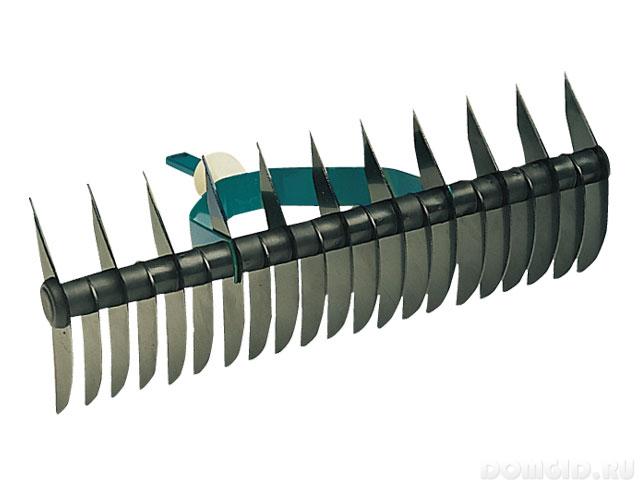
Special lawn rake have a wide working part (not less than 60 cm). Their design allows you to quickly, easily and efficiently remove mowed grass. When working, closely planted teeth fit snugly on the lawn, and grass collected during combing is collected under special limiting rods that are installed on top of the working base.
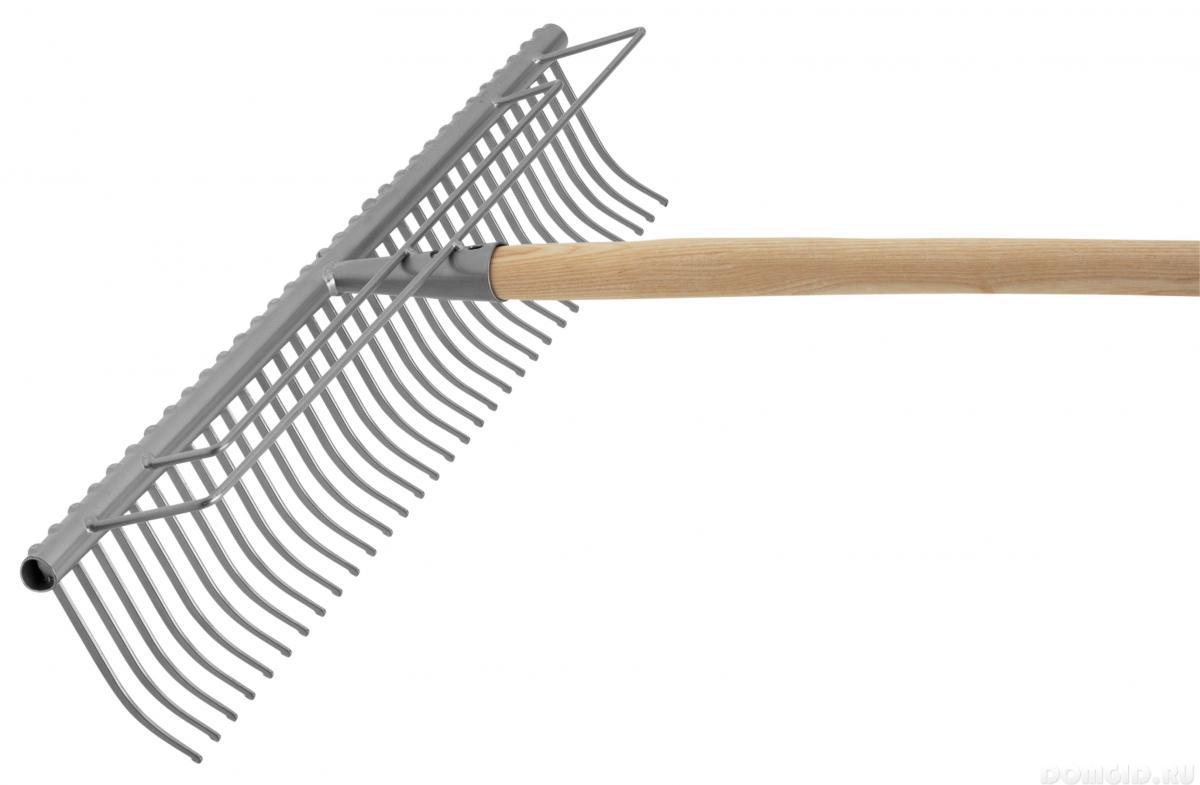
An interesting solution is a lawn rake on wheels, which greatly accelerates and simplifies the work of collecting mowed grass.
Do it yourself rake
You can make a rake yourself by choosing the size of the handle, grab and type of teeth, referring to your own needs.
Consider the sequence of manufacturing a metal rake with long teeth.
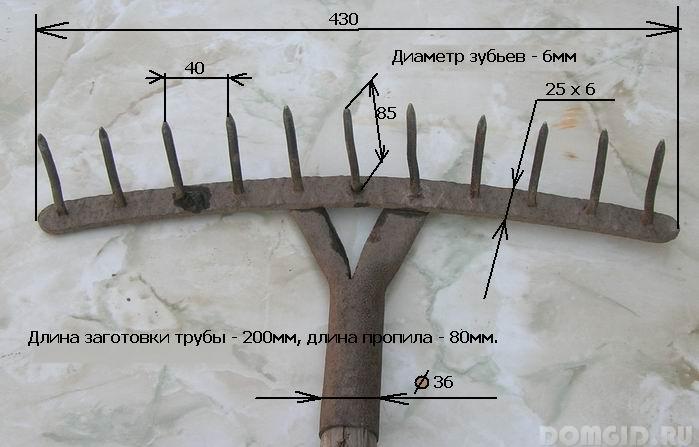
- Cut a strip of steel (length 430 cm or choose at your discretion).
- Bend the base of the working part slightly and round off at the edges.
- Mark the location of the teeth and drill holes (diameter 5.8 mm).
- Prepare the teeth from metal rods (cut 11 pieces 8.5 cm long and sharpen on one side).
- Heat the workpiece on a fire and hammer the teeth into the holes.
- After cooling, it is necessary to weld the rear ends of the teeth to the workpiece.
- Cut off from the pipe (diameter about 35 mm) the part for making the fastener. The length of the fastener is about 20 cm.
- Make a cut slingshot for attaching to the base. Cut length 8 cm.
- Dilute the cut only after heating the pipe red.
- To fasten the handle, drill a hole in the pipe.
- Weld together the rake base and holder.
If a pipe with a seam is used, then the cut must be done along the seam, since during deformation it can diverge
It is possible to improve the appearance of the finished product and protect the rake from corrosion if they are painted. In the same way, you can reanimate the old rake.
How to choose the right rake: tips and practical advice
When choosing a garden tool, it is necessary to take into account the functionality, convenience and durability of the rake.
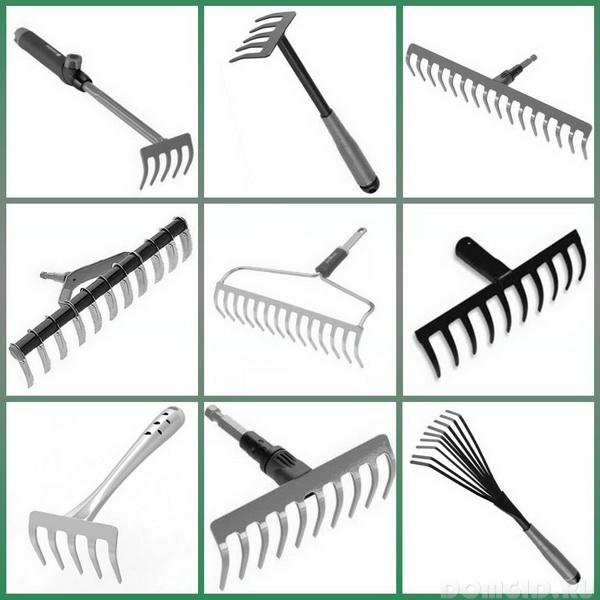
Here are the main criteria for choosing a quality rake:
- The material of manufacture largely determines the weight and strength of the rake. Metal rakes are indispensable for tillage, while plastic and wooden rakes are more effective when harvesting dry leaves and grass.
- To care for the berry and flower beds, it is better to choose a rake with a narrow grip and flat teeth.
- If it is planned that more than one person will use the rake, then it is necessary to give preference to models with a sliding handle, this will allow you to adjust the length of the handle.
- In specialized stores, a quality certificate can be provided for the purchased goods, confirming the rake manufacturing material (the most durable equipment is made of steel).
- When buying a transformer rake, special attention should be paid to the mounting mechanism, it should be reliable and convenient to use.
- The choice of working width depends on the area of \u200b\u200bthe garden and the distance between the plants.
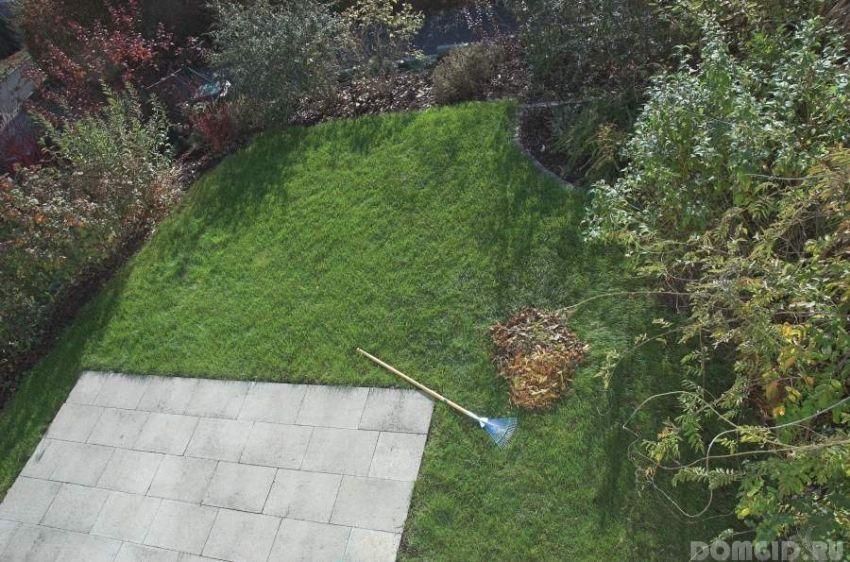
- The distance between the teeth determines the purpose of the rake. The tool with rare teeth is designed for cleaning large debris and leaves, a rake with densely set teeth to clean the lawn from dry grass and small stones.
- The handle must firmly join the working part of the rake.
- The material of manufacture of the cuttings largely determines the weight of the rake. The handle should be comfortable, not too thin and not too thick. The optimum width is about 3 mm.
It would seem that a rake is such a simple and understandable tool. However, their choice should be taken carefully, having decided on their main purpose and their own priorities: convenience, weight, reliability and the cost of garden equipment.
